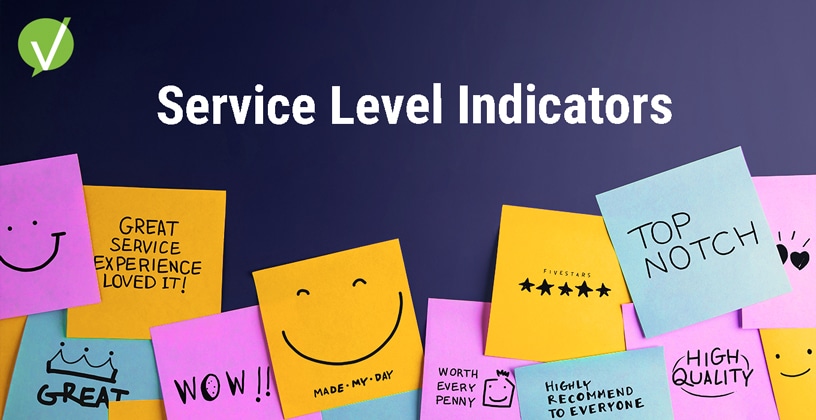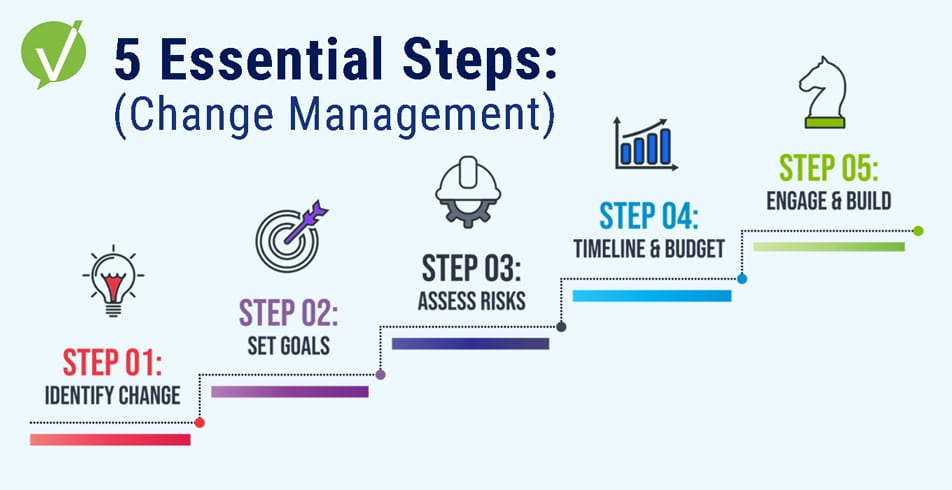Service Level Indicators: Measuring Excellence in Customer Service
Introduction
If you’re running a business, customer service is king. To keep your customers happy, you need to ensure that your team is meeting their needs and expectations at all times. But how do you know if your team is delivering the level of service your customers demand? That’s where service level indicators come in.
Service level indicators (SLIs) are the metrics used to track the performance and reliability of your customer service team. By tracking key indicators such as response time, error rate, and throughput, you can ensure that your team is meeting customer expectations and delivering quality service.
Implementing SLIs will help you to improve customer satisfaction, and retain customers in the long run.
Key SLI Metrics and Their Functions
SLI (Service Level Indicator) |
Function/Role |
|---|---|
| Response Time | Measures how long it takes for the customer service team to respond to customer queries. |
| Error Rate | Tracks the frequency of errors in service delivery or response. |
| Throughput | Quantifies the number of requests or transactions handled within a specific timeframe. |
| Data Processing Time | Assesses the efficiency of data handling and processing in customer service operations. |
| System Performance | Evaluates the overall efficiency and reliability of the customer service system. |
| Latency | Measures the delay between a customer’s request and the system’s response, indicating the speed of service delivery. |
Key Takeaways
- SLIs are used to track the performance and reliability of customer service teams.
- By measuring key indicators, such as response time and error rates, SLIs help businesses improve customer satisfaction.
- Implementing effective SLIs involves setting service level objectives and agreements, as well as measuring key metrics to achieve performance goals.
- Choosing the right SLIs requires businesses to measure reliability, throughput, response time, durability, and other metrics based on their needs and goals.
- Measuring and improving service performance involves site reliability engineering, data integrity, data processing, and prioritizing metrics to achieve performance goals.
What are Service Level Indicators?
Service level indicators, commonly referred to as SLIs, provide valuable insights into critical service metrics and help businesses identify areas for improvement.
SLIs may, for instance, measure the percentage of successful responses rendered to user requests. An example would be the percentage of screen loading times less than one or two seconds. This measurement is important since the user experience will be slow if it takes over two seconds for a page to load and may result in user frustration.
SLIs can be used to measure various aspects of service level performance, such as error rates, uptime, and responsiveness. They also help companies identify key areas to prioritize for improvements in their customer service performance. Additionally, SLIs contribute to the development of reliable Service Level Agreements (SLAs) based on data-driven metrics.
Implementing Effective SLIs
Implementing service level indicators (SLIs) can help you track important metrics and improve your customer service. However, it is essential to follow certain steps to ensure effective implementation. Here are the key considerations:
Step-by-Step Plan for Implementing Effective SLIs
Step |
Description |
|---|---|
| Set Service Level Objectives (SLOs) |
|
| Define Service Level Agreements (SLAs) |
|
| Measure Error Rate |
|
| Track Responsiveness |
|
| Choose the Right SLIs |
|
By methodically following these steps and focusing on the most relevant SLIs for your service, you can significantly enhance your customer service quality and efficiency.
Choosing the Right SLIs
In the pursuit of service excellence and optimal customer satisfaction, the strategic selection and ongoing monitoring of Service Level Indicators (SLIs) play a pivotal role. As businesses focus on key metrics to track like reliability, throughput, response time, latency, correctness, and durability, integrating continuous Service Level Agreement monitoring becomes crucial.
This process involves not only choosing the right SLIs but also regularly tracking their performance to ensure that services consistently meet or exceed customer expectations as outlined in their Service Level Agreements (SLAs). Effective monitoring offers a comprehensive view of service availability, responsiveness, and system functionality, enabling businesses to quickly identify and address any deviations from set objectives. By embracing this data-driven and technology-enabled approach, including SLA monitoring, businesses can navigate the complexities of service management with greater confidence and precision, ultimately leading to improved customer satisfaction and business success.
The incorporation of specialized software in tracking SLIs offers a comprehensive view of service availability, responsiveness, and system functionality. This technological approach enables real-time monitoring and rapid data analysis, ensuring that any deviation from set objectives is quickly identified and addressed.
The judicious selection of SLIs, complemented by the use of sophisticated software, forms the backbone of service excellence. It empowers businesses to not only meet but exceed customer expectations, fostering a culture of continuous improvement and superior service delivery. By embracing this data-driven and technology-enabled approach, businesses can navigate the complexities of service management with greater confidence and precision, ultimately leading to improved customer satisfaction and business success.
Identifying Key Performance Metrics for Your Users and System
When selecting Service Level Indicators (SLIs) for monitoring your system, it’s crucial to focus on what truly matters to your users rather than tracking every possible metric. A thoughtful selection of a limited number of key indicators is essential. Too many indicators can overwhelm and detract from the crucial ones, while too few might miss important aspects of your system’s behavior. A balanced approach often involves choosing a representative set of indicators that effectively assess your system’s health.
Different types of services have varying priorities in terms of relevant SLIs:
- User-Interaction Services: For systems like user search interfaces, the focus is typically on factors such as availability, latency, and throughput. This translates to questions like: Are we able to respond to user requests? How quickly are these responses delivered? What is the volume of requests we can handle simultaneously?
- Storage Services: These systems often prioritize aspects like latency, availability, and durability. Key questions here include: What is the time frame for data read/write operations? Is the data readily accessible when needed? Are we ensuring the long-term preservation of data?
- Data Processing Systems: In large-scale data processing scenarios, throughput and end-to-end latency are typically the main concerns. The critical questions are: At what rate is data processed? How long does it take for data to move from the start to the end of the processing pipeline? Some systems may also set targets for latency at individual stages of data processing.
In all systems, the correctness of operations is paramount. This means verifying that the correct response is provided, the accurate data is retrieved, and the right analysis is conducted. Tracking the correctness is vital for understanding the overall health of the system. While it’s often more related to the data rather than the infrastructure itself, and thus not usually a direct responsibility of Site Reliability Engineering (SRE), it remains an essential aspect of system performance.
Measuring and Improving Service Performance
Data-driven decision-making is another crucial component of measuring and improving service performance. By using data to drive your decision-making, you can identify areas for improvement and make informed choices about where to focus your efforts.
Unlock the full potential of your business with Vivantio’s expertise in Service Level Indicators (SLIs). With over two decades of industry experience, Vivantio integrates the principles of Site Reliability Engineering (SRE) and data-driven decision-making to enhance service performance, a crucial element in ensuring customer satisfaction and maintaining a successful business. By prioritizing the right metrics, Vivantio empowers you to pinpoint areas for improvement and take decisive action to meet your service level objectives. This approach leads to boosted productivity, elevated customer satisfaction, and more efficient support processes. Connect with our Vivantio team today or sign up for a complimentary demo to harness the power of SLIs and drive your team towards seamlessly managing and improving your service delivery.













